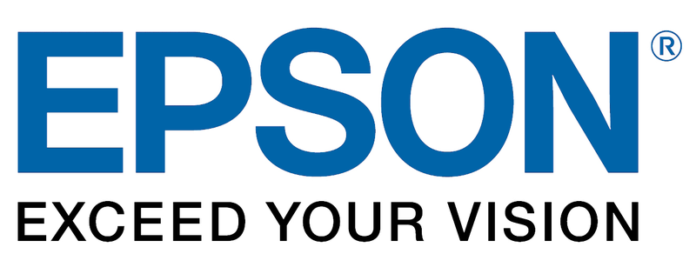With a new campaign focusing on Arctic greening and how companies and consumers can do more to lessen their environmental effects, Epson has maintained its efforts for the second year in a row to raise awareness of global warming.
Prof. Isla Myers-Smith has been researching how climate change is affecting the Arctic tundra for over 20 years. She and her coworkers have observed a clear pattern in recent years, with trees and bushes growing more readily in the Arctic where permafrost is thawing.
Permafrost thaws when temperatures rise, releasing carbon trapped in it, primarily in the form of partially dead ancient plants and animals. As the earth heats, plants grow taller and thicker, trapping snow to act as a covering to insulate the ground and speed warming, releasing more carbon.
Epson global president Yasunori Ogawa commented: “We are delighted to work with National Geographic CreativeWorks for a second year to raise awareness about the issue of Arctic greening. Sustainability is at the heart of everything we do, and we are committed to lowering our own environmental footprint and helping our customers to do so too.”
Epson, for its part, has pioneered a line of printers with Heat-Free Technology, which consumes less energy and has minimal replacement components.
Epson wants to encourage companies and customers to use technologies that can lessen their carbon impact with the aid of this campaign. It is just one of many ways that Epson thinks customers and companies can change the world.
According to Epson, their Heat-Free Technology delivers four advantages:
- Low power consumption saves energy and money
- Few replacement components, low environmental effect
- Save time with reliable high-speed printing
- Low intervention boosts productivity
Head to Epson’s Heat-Free Technology hub here to find out more.






